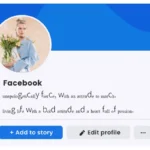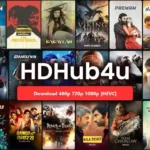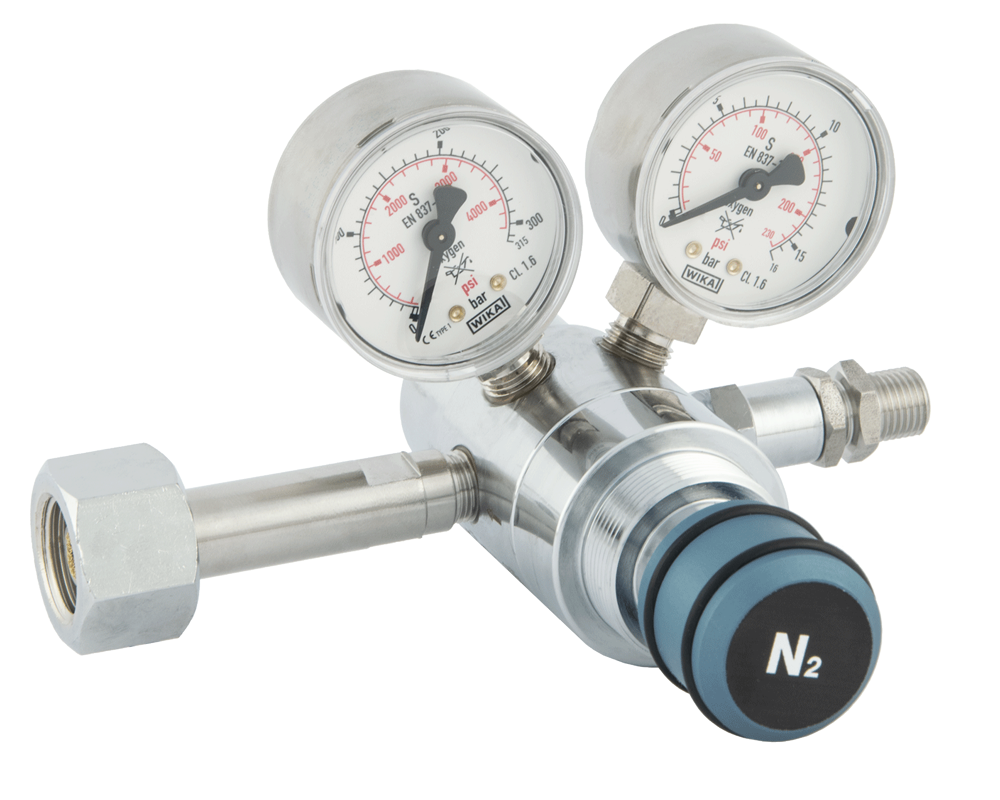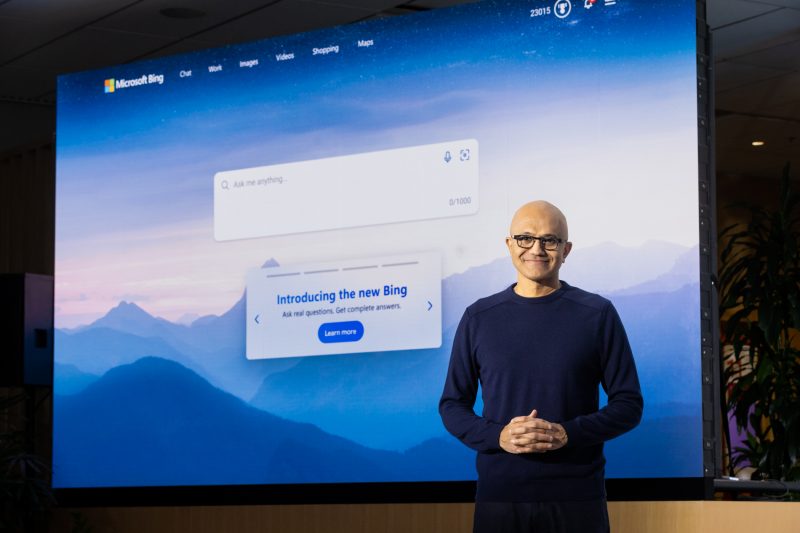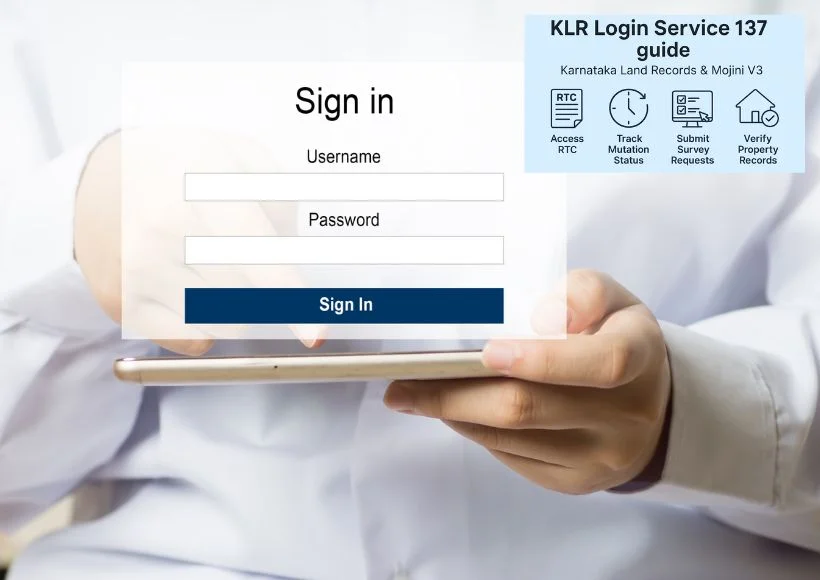An open banking sandbox is a sophisticated app that facilitates the development of new financial services. These are often third-party apps that banking regulations and other artificial barriers would otherwise restrict. This article outlines the top tips for choosing a good open banking sandbox.
There are many options to choose from when selecting a good open banking sandbox. It is important to note that there are many different open banking sandboxes. There is no definitive “truth” on which open banking sandbox to use; however, some of the following may hold value:
Technical Support and/or Customization
Customized apps are often significantly more expensive than a standard open banking sandbox. This is because most of these apps are built from scratch, which usually involves re-writing the entire app, albeit for a limit time. This is not the case with most open banking sandboxes with first-class technical support and customization options, allowing deep integrations with an organization’s existing systems. In addition, many different customization options can be used to suit an organization’s needs. These may include:
- Data Modeling
- Structured Query Language (SQL) support.
- Machine learning algorithm development and testing, including credit score testing.
- Real-time data and transaction processing, including:
- Server load balancing for increased frequency and reliability of data feed. These are only some examples of the available technical customization features that can be part of an open banking sandbox. The choice depends on the application and what they need to do.
Accessibility and User Experience Design
It is important to consider the accessibility of an open banking sandbox. Take, for example, the ability to create different types of accounts. This is common in many modern banking apps or utilities. However, this feature may be difficult to integrate into an open banking sandbox regarding their development. Therefore, one should look for a product with this feature using a straightforward process and detailed UI/UX documentation.
Technical Management Features
A good open banking sandbox will provide support and/or build in various technical management features. For example, they need to be able to notify users of data breaches. They must also be able to track an organization’s users and how often different features are being used. This can be done using the following features:
- Various data feed monitoring tools including:
- Message monitoring (for example, alerts for when an account is accessed) etc.
- Historical data recording and analysis
- System level alerts
- Disruption management, including:
- Deletes to primary source data
- Recovering deleted data before it is overwritten by the Business Intelligence (BI)/Data Warehouse (DW).
- Remediation options if available.
Various error detection and correction tools (this will also help with false positives).
Only some available features can be added/supported with an open banking sandbox. The choice depends on the organization’s needs.
Support for Multiple Business Partners, Including:
A good open banking sandbox should be able to support multiple partners. This includes:
- Third-party financial/payment systems such as:
- i) Teller Machines (ATM), Card Readers, Mobile Payment applications etc.
- Application providers such as:
- Third-party digital banking and payments solutions would help increase transaction volume and revenues (for example, credit card processing companies provide these services).
- Application developers would provide additional functionality such as advanced analytics, compliance reporting etc.
Backend and Frontend Connectivity Support
This usually depends on what the organization needs to do with their data. In addition, it depends on the features of the open banking sandbox. The choice depends on what benefits are need and/or desired.
Provisional Insurance Coverage
This is very important in developing countries where data security is a serious issue. Not only is there a need to protect the organization’s data, but also the employees’ data. Provisional insurance coverage would include:
- Business continuity and disaster recovery support
- Temporarily blocking of certain business processes (such as online banking) in case of interruption
- Continuity options for restoring banking and payment system processes after the interruption has been resolve
- Meaningful notification and alerting for downtime and restoral processes
- Provisional or eventual insurance coverage against data security breaches.
Ease of Use and/or Integration with Other Existing Software Packages
For example, the app should have an easy-to-use UI/UX that reflects its brand. The following are some of the application integration options:
- Ability to integrate third-party applications such as:
- Mobile banking applications. This is important in the event of an emergency or disaster.
- Digital banking and payment solutions.
- Ability to easily integrate with mobile devices
- Integration with various standard digital banking and payment applications.
Ongoing, Realistic Testing Scenarios
These are important to ensure that the system works correctly and for its purpose. Usually, an open banking sandbox allows for testing under limited test conditions that mimic the needs of an organization. The following are some sample scenarios:
- Simulated Credit card fraud or chargebacks.
- Real-time transaction processing and data input (in a real-time environment).
- End user authentication and authorization against other bank information systems.
- Fraud detection and prevention tools (for example, fraud score testing).
An open banking sandbox should include all these key features to be viable. These features should allow organizations to develop the applications of their choice. In addition, they should be able to meet the needs outlined above. This is important to have a good overall user experience. It should also help save time, money and resources in developing a high-quality application.
Conclusion
Sandbox open banking is very useful for organizations trying to develop distributed ledger and blockchain applications for various purposes in the financial sector.
The benefits and results of their usage will depend on the sandbox’s features. Organizations should seek input from other financial sector employees to benefit from these to identify which sandboxes are best for their needs. They should also thoroughly analyse what features are most important to them so that they can be included in their selection process.

